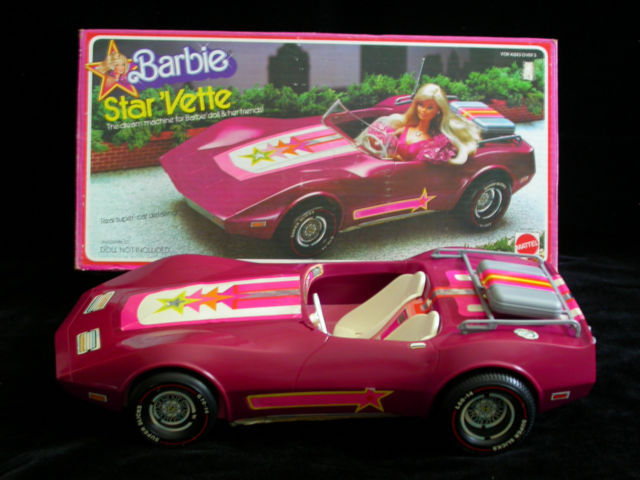
In much of my research, which explores the relationship between women of cars in a variety of contexts, I am always curious to discover how women developed a passion for automobiles in a culture that discourages women from participation. Many of the women I encountered learned about cars from their fathers; they discovered early on that an effective way to develop a relationship with Dad was to become interested in the things he loved. These young girls stood alongside their dads as they worked on a car project, asking questions and helping in the garage. Some, on the other hand, had car crazy boyfriends who spent their weekends under the hood. These teenage girls gained automotive knowledge as a way to spend time together. Still others married into car culture, and discovered a passion they did not know existed.
However, for those who grew up in a more traditional environment, in which girls were encouraged to behave in a particular gendered way, exposure to car culture was less likely. Yet as I recently discovered, some young girls developed an interest in cars in a most unlikely way. As it turns out, Barbie, the popular, shapely doll oft critiqued for its focus on appearance, clothing, and dating, has, over the years, owned a number of sporty, stylish, and non-traditional cars. Barbie could, in fact, be described as a bona fide car enthusiast.
As an early baby boomer, I missed the Barbie phenomenon by a few years. So until an article about Barbie cars turned up in my automotive feed, I had no idea that Barbie had such a fine collection of automobiles. Although women in mainstream culture are traditionally associated with practical cars – station wagons, minivans, and crossovers –there is not a mom car to be found in Barbie’s garage. Over the years, she has driven an Austin Healey, Porsche, Corvette, Jeep Wrangler, Mercedes Benz, hot rod, dune buggy, and a myriad of other fun cars. Apparently I am not the only one who is impressed; Haggerty, the premier insurer of fine and classic automobiles, ranked and wrote about the Barbie car collection. Given the Barbie doll’s longstanding association with stereotypical femininity, what is surprising is that these cars are not in Ken’s driveway, but were produced especially for Barbie behind the wheel. And being the good big sister, Barbie passed on her love of cars to the younger Skipper, who acquired her own car collection when reaching the doll’s version of driving age.
Cars have always represented freedom to women, which accounts for patriarchy’s longstanding efforts to curtail or constrain women’s automobility. The cars in Barbie’s garage allow her to engage in activities and adventures that have frequently been discouraged in the woman driver. These attractive, sporty cars – in a variety of bright, cheerful, and vibrant colors – not only provide Barbie with transportation to school or work, but offer the possibility of exploration, adventure, new experiences, social networks, and just plain fun. Not having to rely on men for a ride offers Barbie the opportunity to become independent and to travel her own road. Barbie cars, rather than contributing to the stereotypical gendered view of women’s roles, reinforces the importance of cars to women’s agency, identity, and empowerment. As The Drive journalist Stef Schrader asserts, “Barbie’s cars continue to play an important role in expanding the automotive world to kids who might otherwise feel excluded from it, and for that, they deserve your respect.”
Schrader, Stef. “Barbie Has the Best Toy Cars.” TheDrive.com 11 Aug 2020.